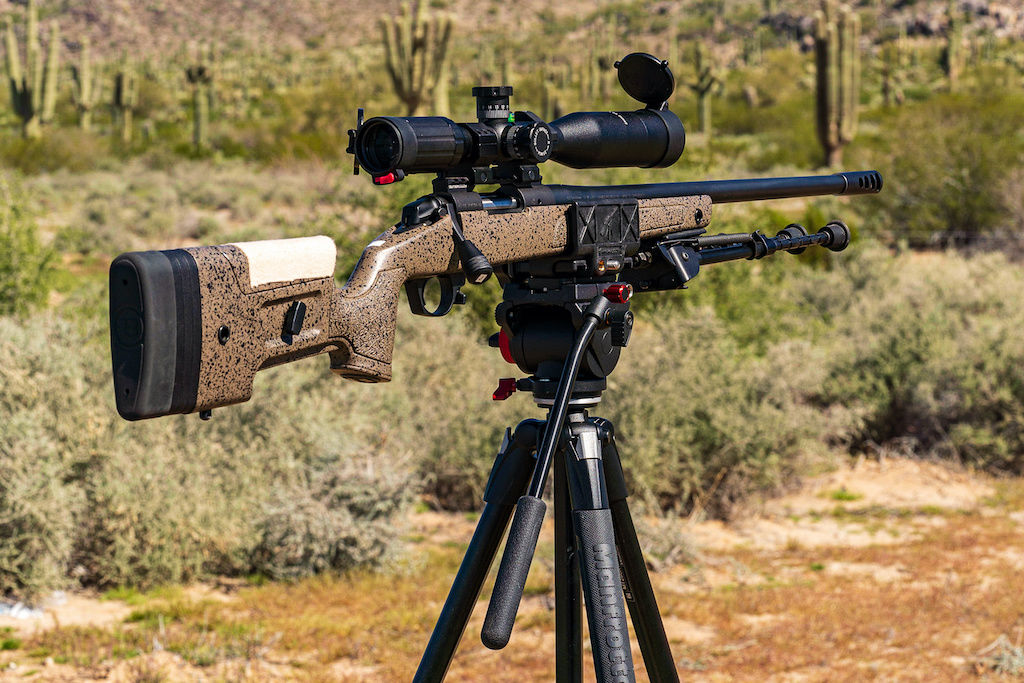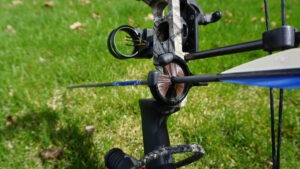Understanding the Importance of a Fish Finder in Salmon Trolling
Fish finders have revolutionized the way fishermen approach trolling for salmon. With their advanced sonar technology, these devices provide valuable information about the underwater environment, helping anglers locate and target fish more effectively.
One key advantage of using a fish finder in salmon trolling is the ability to accurately identify fish presence and depth. By displaying real-time sonar images, fish finders enable anglers to see where the salmon are and adjust their trolling techniques accordingly. This insight greatly improves the chances of success on the water.
Furthermore, fish finders also provide essential information about the surrounding bottom structure and underwater contours. Understanding the underwater landscape is crucial for identifying potential hotspots where salmon are likely to congregate. By pinpointing these areas, anglers can maximize their catch and make the most of their time on the water.
Salmon trolling is a popular fishing technique that involves dragging lures or baited lines behind a moving boat. It requires careful precision and knowledge of the fish’s behavior. Fish finders play a crucial role in this process, offering anglers a window into the underwater world and helping them make informed decisions.
The Role of Fish Finders in Successful Trolling
When it comes to successful salmon trolling, fish finders play a vital role in improving the overall efficiency of this fishing technique. By providing real-time data on fish location and depth, anglers can precisely position their trolling gear. This allows them to present their lures at the optimal depth, increasing their chances of enticing salmon to bite.
In addition to locating fish, fish finders also help anglers identify baitfish and underwater structures that attract salmon. By monitoring the sonar display, anglers can identify schools of baitfish, which often indicate the presence of predatory fish like salmon. Paying close attention to these baitfish can lead to more successful trolling trips.
Furthermore, fish finders allow anglers to gain a better understanding of the speed at which their lures are moving through the water. By observing the sonar display, experienced anglers can determine the ideal trolling speed for the specific conditions they are fishing in. This attention to detail greatly increases the chances of fooling salmon into striking.
Salmon trolling requires patience and skill. It’s not just about dragging a line behind a boat; it’s about understanding the fish’s behavior and adapting to the changing conditions. Fish finders provide anglers with the necessary tools to navigate the underwater world and make informed decisions that can lead to a successful day on the water.
Key Features to Look for in a Fish Finder
When it comes to choosing the best fish finder for salmon trolling, there are several key features that anglers should consider:
- Sonar Technology: Look for fish finders with advanced sonar technology, such as CHIRP or DownScan Imaging, which provide detailed and clear sonar images.
- Screen Size and Resolution: Opt for a fish finder with a large, high-resolution display, allowing for easy viewing of sonar data, even in bright sunlight.
- GPS and Mapping: Having built-in GPS and mapping capabilities allows anglers to mark productive fishing spots and create custom maps for future reference.
- Transducer Type: Consider the type of transducer that comes with the fish finder, as different transducer designs can have an impact on sonar performance.
- Durability: Look for fish finders with rugged construction and high waterproof ratings to ensure they can withstand the demands of trolling in varying weather conditions.
By considering these important features, anglers can choose a fish finder that meets their specific needs and enhances their salmon trolling experience.
Salmon trolling is a challenging yet rewarding fishing technique. With the help of a reliable fish finder, anglers can unlock the secrets of the underwater world and increase their chances of a successful catch. Whether it’s identifying fish presence, understanding the underwater landscape, or fine-tuning trolling techniques, fish finders are an invaluable tool for any salmon angler.
Comprehensive Review of Top Fish Finders for Salmon Trolling
Now that we understand the importance of fish finders in salmon trolling, let’s take a closer look at some of the top fish finders available in the market today:
Evaluating Fish Finder Performance and Accuracy
The performance and accuracy of a fish finder play a crucial role in its effectiveness in salmon trolling. High-quality fish finders provide clear, detailed sonar images, allowing anglers to accurately identify fish and underwater structures. They utilize advanced sonar technology, like CHIRP or DownScan Imaging, to deliver the best possible image quality.
When evaluating fish finder performance, it’s important to consider factors such as target separation, depth capability, and the ability to track fish at high trolling speeds. A fish finder with excellent performance and accuracy ensures that anglers have the information they need to make precise trolling decisions and increase their chances of success.
Comparing Fish Finder Durability and Longevity
When investing in a fish finder for salmon trolling, durability and longevity are crucial considerations. Trolling often exposes fish finders to harsh marine environments, including water, UV rays, and temperature extremes. Therefore, it’s essential to choose a fish finder that is built to withstand these conditions.
Fish finders with rugged construction, high waterproof ratings, and durable materials are more likely to withstand the demands of trolling. Additionally, opt for models from reputable manufacturers known for their high-quality and reliable products. Choosing a fish finder with excellent durability and longevity ensures that anglers can rely on it for many successful salmon trolling seasons.
How to Use a Fish Finder for Salmon Trolling
Setting Up Your Fish Finder for Optimal Results
Setting up your fish finder correctly is essential for achieving optimal results in salmon trolling. Here are some key steps to follow:
- Install the Transducer: Mount the transducer securely on your boat’s transom, ensuring that it is positioned correctly for optimal sonar performance.
- Adjust the Settings: Configure your fish finder’s settings to match the specific conditions you are fishing in, including depth range, sensitivity, and display color.
- Interpret the Sonar Display: Spend time familiarizing yourself with the sonar display and how fish, bottom structure, and baitfish are represented. This will help you identify and interpret the information accurately.
By following these setup steps, you will be well-prepared to utilize your fish finder effectively during salmon trolling adventures.
Interpreting Fish Finder Data for Successful Trolling
Interpreting the data displayed by your fish finder is crucial for successful salmon trolling. Here are some tips for interpreting fish finder data accurately:
- Fish Arches: Look for fish arches on the sonar display, as they often indicate the presence of salmon. The shape and thickness of the arches can give you insights into the size and behavior of the fish.
- Baitfish Schools: Keep an eye out for clusters or groups of brightly colored sonar returns, as they are likely to represent schools of baitfish. Targeting areas with abundant baitfish increases your chances of finding active salmon.
- Bottom Structure: Pay attention to the representations of the bottom structure on the sonar display. Look for drop-offs, ridges, or submerged features that could attract salmon. Targeting areas with favorable bottom structure increases your chances of success.
By understanding how to interpret fish finder data accurately, you can make informed decisions while trolling for salmon and significantly improve your catch rate.
Maintaining Your Fish Finder for Long-Term Use
Regular Care and Cleaning of Your Fish Finder
To ensure the longevity and optimal performance of your fish finder, it’s important to regularly care for and clean it. Here are some maintenance tips:
- Rinse After Use: Rinse your fish finder with fresh water after each use to remove any salt, dirt, or debris. This prevents corrosion and keeps the device functioning properly.
- Check Connections: Periodically inspect the cables and connections to ensure they are secure and free from damage. Loose or damaged connections can affect sonar performance.
- Protect from Extreme Temperatures: Avoid exposing your fish finder to extreme temperatures. Store it in a cool and dry place when not in use.
By following these maintenance practices, you can extend the lifespan of your fish finder and ensure it continues to perform optimally during your salmon trolling expeditions.
Troubleshooting Common Fish Finder Issues
Despite regular maintenance, fish finders may encounter some issues. Here are a few common problems and troubleshooting tips:
- Interference: If you experience interference on the sonar display, try adjusting the sensitivity or moving to a different location to minimize potential signal interference.
- False Returns: False returns on the sonar display can occur due to air bubbles, vegetation, or suspended debris. Adjusting the sensitivity or clearing the area around the transducer can help eliminate false returns.
- Dim Display: If the display appears dim, check the brightness settings and adjust them accordingly. Ensure that the display has adequate power supply.
By troubleshooting common fish finder issues, anglers can quickly overcome any obstacles and get back to enjoying the benefits of their fish finder during salmon trolling trips.
Making the Final Decision: Choosing the Best Fish Finder
Balancing Cost and Quality in Fish Finder Selection
Choosing the best fish finder for salmon trolling involves striking the right balance between cost and quality. While it’s tempting to opt for the most feature-rich and expensive model, it may not always be necessary.
Consider your budget and prioritize the must-have features that align with your specific trolling needs. Determine the essential capabilities that will enhance your salmon fishing experience without breaking the bank. By finding the right balance between cost and quality, you can invest in a fish finder that meets your requirements and provides excellent value for your money.
Personalizing Your Fish Finder Choice Based on Trolling Needs
Every angler has unique requirements when it comes to salmon trolling. Factors such as fishing style, preferred locations, and personal preferences can influence the choice of a fish finder.
Consider the specific features that are crucial for your trolling needs, such as GPS and mapping capabilities, target separation, or compatibility with other fishing equipment. Personalizing your fish finder choice based on your trolling needs ensures that you have a device that meets your expectations and enhances your overall fishing experience.
In conclusion, a fish finder is an invaluable tool for salmon trolling. Understanding its importance, evaluating key features, learning how to use it effectively, maintaining it properly, and making an informed purchasing decision all contribute to discovering the best fish finder for successful salmon trolling adventures. So, equip yourself with the right fish finder, and get ready to reel in those trophy salmon!


